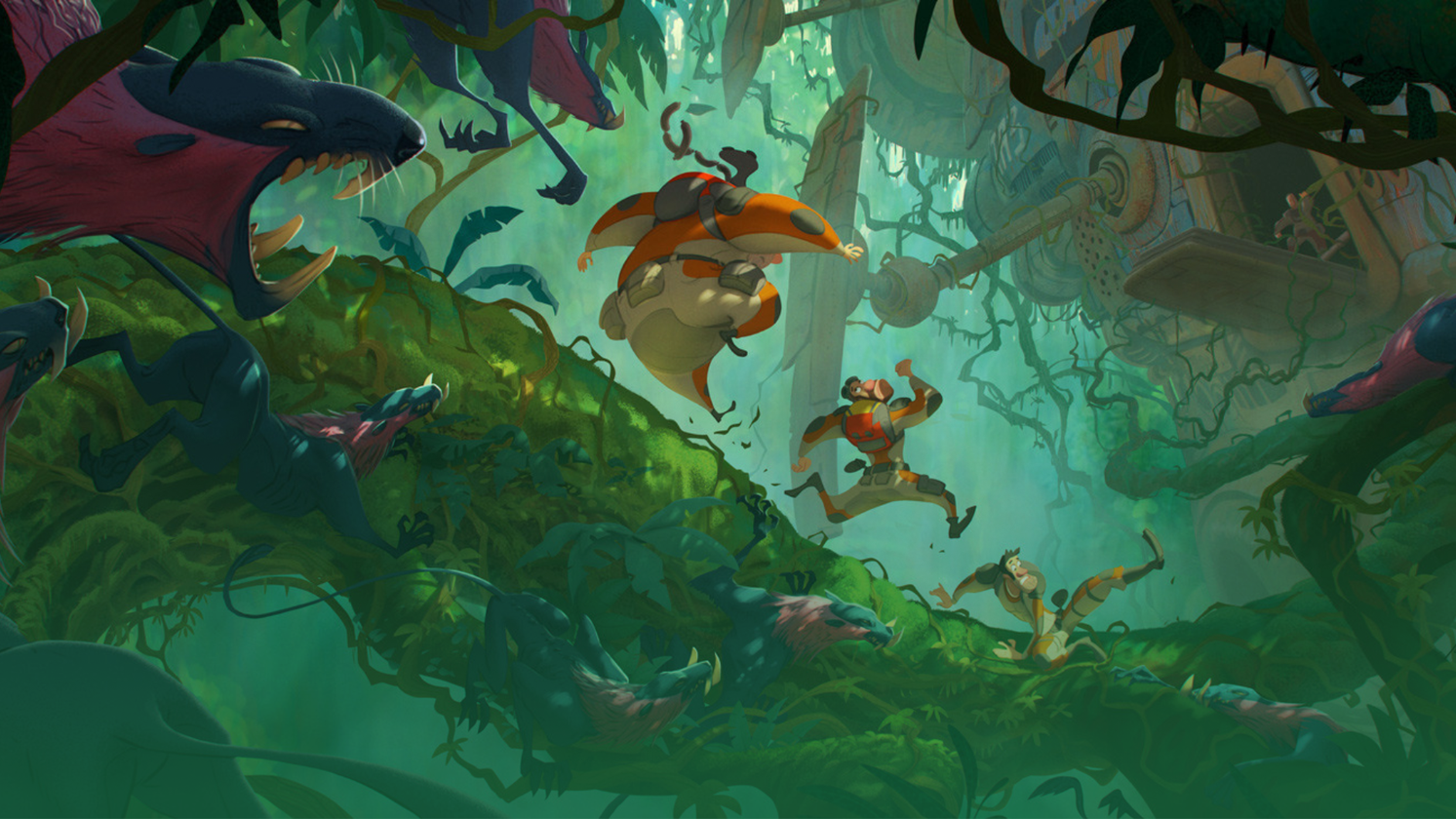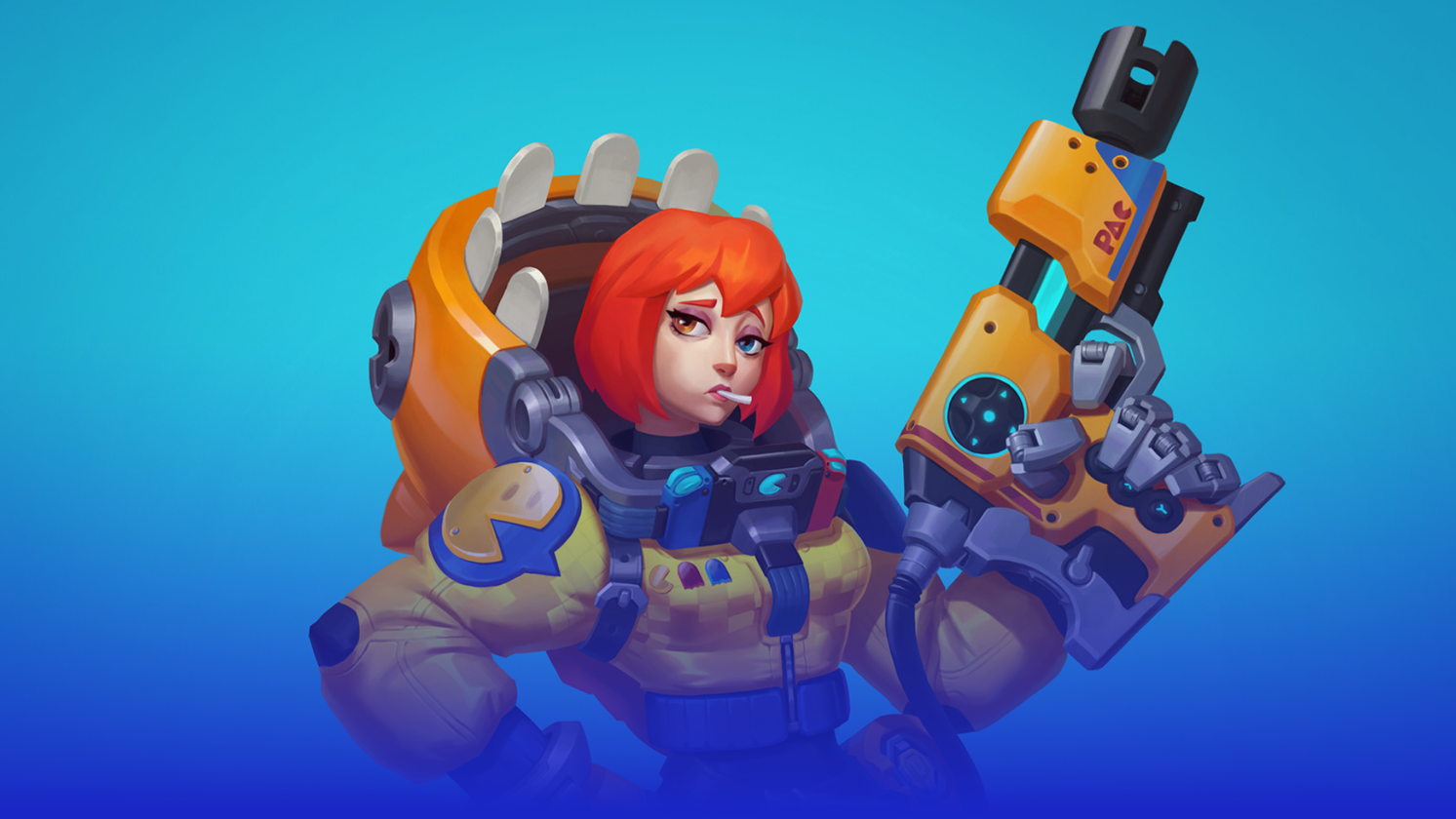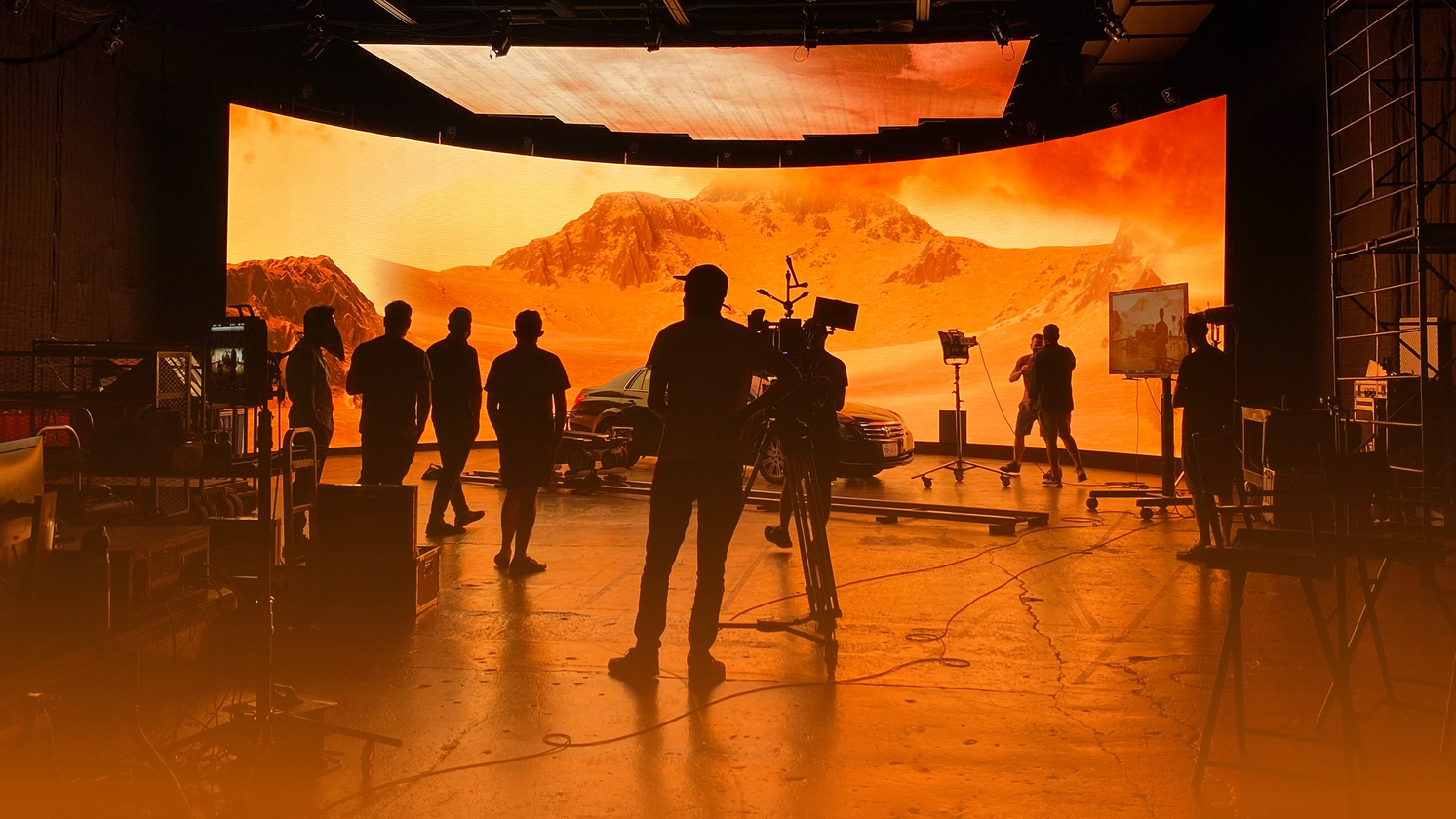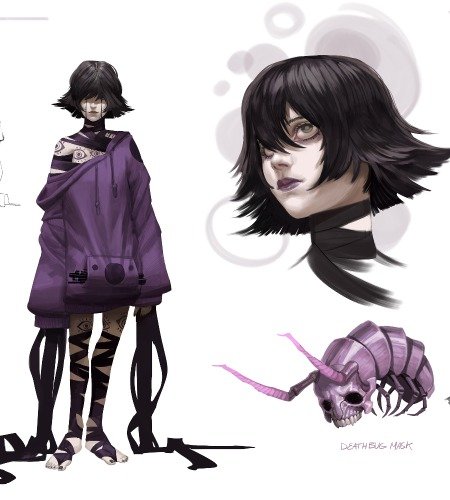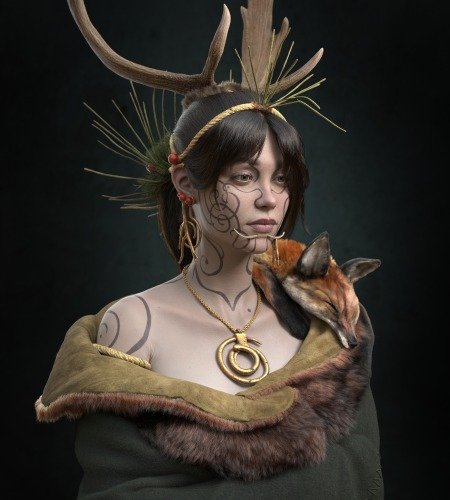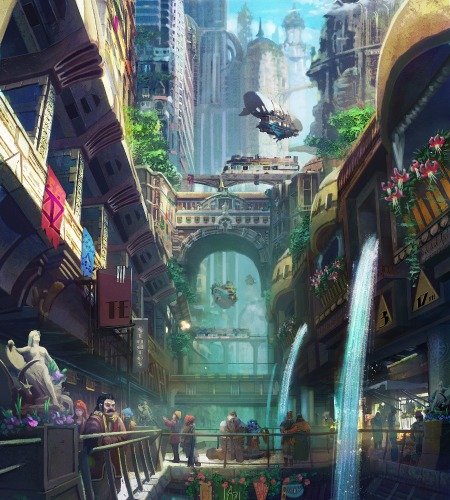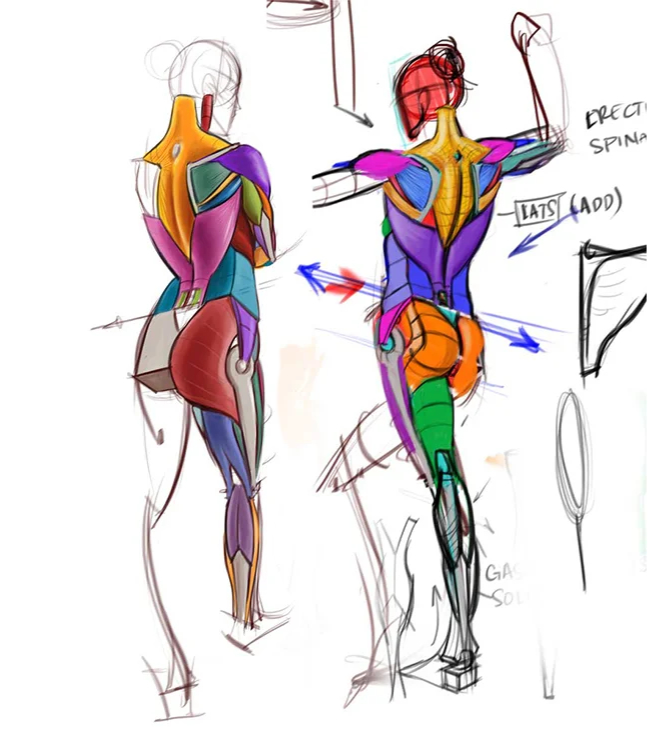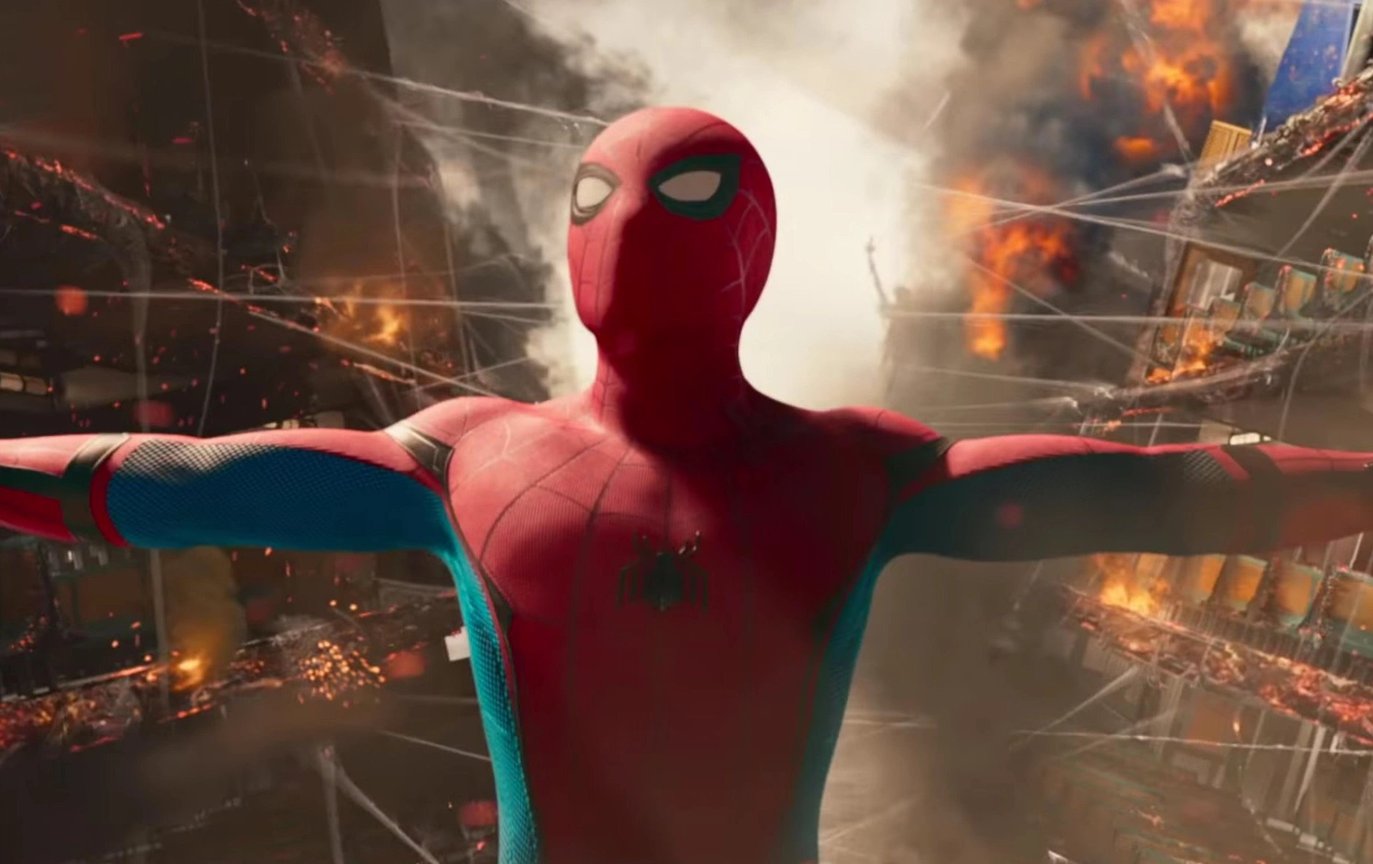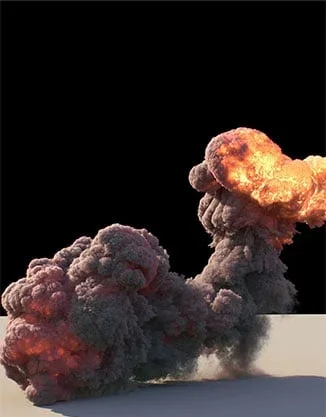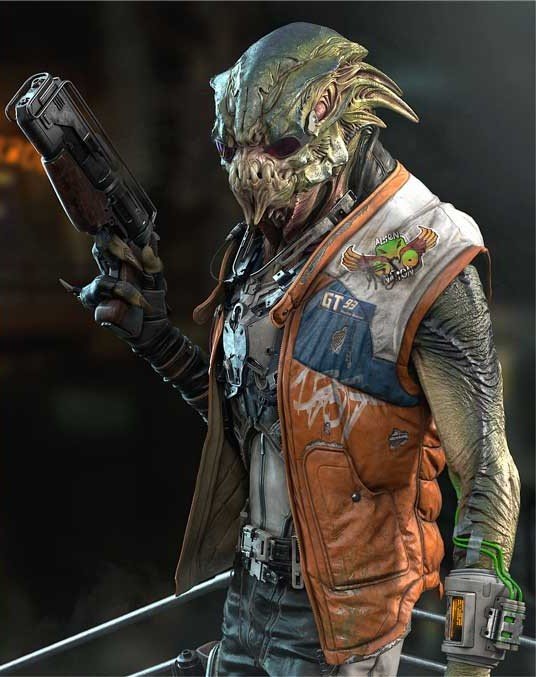The Art of Composition
Visual Development Artist Ryley Garcia gives us an in-depth look at how his professional attitude towards assignments helped him succeed in Composition for Concept Art and Illustration.
Introduction
Hey, my name is Ryley Garcia and I am a visual development artist, production designer, and illustrator working in animated film and tv. I began my education studying Architecture and Art History at the University of Toronto in Canada before deciding to move into art and animation. I continued my education at Seneca College where I enrolled in both their Illustration and Animation programs. During my stay, I realized I had true interest and passion for storytelling, color and light, and composition, and that is when I realized I wanted to be a vis dev artist for animated features.
I have worked as a layout and background artist on 2D animated shows and am currently working in Vancouver on season 4 of “Rick and Morty” as a 2D background artist. I like to spend my free time doing watercolor plein-air studies, oil painting, and personal digital illustrations. I try to consume as many anatomy, character design, composition, “art of”, etc. books as possible, while also enrolling in dozens of online courses in an effort to sharpen my artistic sword.
I chose to take CGMA’s “ Composition for Concept Art and Illustration” course because I have always been a fan of Mauricio Abril and have always understood the importance of composition when making a successful design. I had also taken a few other CGMA courses in the past and I cannot stress enough how valuable they have been in my art education.
Location, Location, Location
This assignment involved picking 3 familiar locations from life and developing 3 black & white compositions from them. We were told to attach any reference photos that were used and to also draw a floor plan of the room and angle being depicted. Since I was more than versed in studying from life (from my plein-air paintings), and was a student of architecture, this assignment was right up my alley. However, drawing from life versus photos can be challenging in that you have to make decisions regarding what stays in and out of your composition. You also have to make choices based on where you want the horizon line and how you want the flow of the composition to work. You really need to pick a focal point and stick with it, as there is no point in rendering every little detail. For my submission, I decided to make compositions based on different rooms/angles in my humble little apartment.

The first shot (A) depicts my living room. You’ll notice I added a huge spotlight to the left, a plant in the window, and the fireplace pokers. These objects were added in an effort to not only create more interest but to help direct the viewer to the central easel focal point. Moreover, I used a strong light source from the window to help lead the eye and also to make the focal point area to have the highest value contrast.

The second comp (B) depicts my work area. Again, you’ll notice I added organic plants to create more flow in the composition, while also contrasting the straight edges of the desk and computer monitors. I decided to use an above-head spotlight light source to direct the viewer and create a more dark and serious feel. I also used rectangular shapes (the mirror, doorway, wall opening, monitors) to rhythmically lead the eye around the space.

The final shot (C) is my bedroom. Here I tried to really create a lived-in feel by including lots of objects in a very small space. The guitar amp, clock, dresser, etc. were all added and positioned so as to lead the eye to the bed. You’ll notice the way guitar cable curves and points, the window curtains lean in, and even the backpack/dresser/clock arrangement are all set up with this focal point in mind. The obvious use of light once again forces the eye to the bed, while also dividing up the piece into interesting dark/light segments to create interest
Figures & Environments
This week we were asked to design 3 original compositions in black & white: 1 figure dominant, 1 figure-environment, and 1 environment dominant. Again, we were to attach any reference used; including any film screencaps, concept art, traditional paintings, photos, etc.

For my figure dominant piece, I decided to depict a shifty gangster playing cards at a bar. I really wanted to play up the edgy, mysterious feel of the figure and I did this by making his gesture tilted slightly and putting him under a harsh overhead light. His tilted gesture- combined with the curving smoke shape- contrasts with the even, repetitive glasses and bottles in the background. I also used the cigar smoke and foreground poker chips as compositional arrows which lead the eye to the figure.

My environment dominant composition is of two boys gazing upon a skatepark. For this piece I had to do quite a bit of research to understand how skateparks are built and what elements are usually included. My composition was designed to start the viewer at the two boys and to allow the viewer to navigate through the park as if they were experiencing it with them. The fact that only two figures are included helps to set the mood, giving it a more calm and grandiose feel. You’ll notice I strategically placed the skate ramps, pipes, rails, etc. to help guide the viewer around the park. I also laid out the background trees and lamps so as to lead your eye back to the tall foreground ramp on the right- once again leading you back into the composition.

My figure-environment piece was probably my favorite to work on. In terms of subject matter, I decided to show a bunch of kids playing “Planet of the Apes” on the beach. Only true “Apes” fans will really appreciate this piece, as I have included the iconic sunken Statue of Liberty in the background, with kids wearing ape masks, riding hobby horses, and having fun in the sun. Moreover, I used a lot of compositional elements to direct the viewer to the main boy focal point. First, the gesture of the statue of liberty, with her arm raised, is mirrored again by the gesture of the main boy. You’ll also notice the boy is raised up on top of a barrel which contrasts with the other children on the sand below. The palm trees and surrounding environment create a V-shape which acts as a compositional arrow. I tried to use as much rhythm and flow as possible via the environment and placement of objects.
Composition With Value

This assignment involved choosing one of our previous compositions and developing 3 different lighting setups for it. I chose my “Apes” composition as I had intended on eventually bringing this piece to a completed color render. Again, we were asked to attach any photo or painted references that were used when creating different lighting scenarios.

Setup (A) shows harsh direct sunlight coming from the right. Initially, this was my favorite setup as it created a strong value contrast between the main figure and the light background. It also allowed the cast shadow from the right and the dark silhouettes of the trees to help lead the eye down the composition. By putting the figures in a dark shadow it really helped showcase their silhouettes and put emphasis on them in contrast to the less imposing background.
Setup (B) also uses harsh direct sunlight but this time coming from the left. This composition shares the strength of creating a strong contrast between the main boy and the light background. The main difference between this setup and setup (A) is that many of the kids are now grouped in value with the Statue of Liberty in the background. This actually helps to simplify the value structure even more. While this composition still works, I feel like the lighting gives it a less playful mood, as it feels like the dark Statue is looming over the children’s fun day.
Setup (C) is probably my favorite of the three. This setup is also set during the day, but the lighting is far more overcast, and thus the shadows are not so dark and sharp. Since the value structure isn’t as dramatic, this composition needs to rely on the initial principles of composition more heavily. However, this is not an issue since these core principles were refined in the earlier stages prior to adding value. Again, I feel this design is more successful in keeping with the playful theme of the composition, and it really shows how important lighting can be in terms of mood.
Lighting & Color


For this week’s assignment, we were asked to develop one of our value studies into a completed color rendering. We were also asked to attach any references we may have used in determining the final look and style. For my composition, I took a lot of reference from Disney’s “Moana” when deciding on the color palette and overall feel. I found the exotic and saturated colors from this film really fit the mood I was trying to achieve. I also looked at the way artist Eric Guillon (concept artist for the Despicable Me series, The Grinch, etc.) would render lines, textures, environments, and even figures. I normally tend to shy away from keeping linework in my work and I usually lean towards a more painterly style. However, I felt like this would be a great opportunity to experiment with a new style and thus I meticulously lined it up. My final piece is obviously not a brick and mortar copy of Guillon’s style, but it did help as a framework for going outside of my comfort zone and developing something different than what I usually do.
Film Conventions, Camera, and Perspective
This assignment required us to create a sequence of 6 shots that would follow one after the other. It was a challenging assignment in that the shots needed to not only flow into each other successfully but should also work individually as successful compositions. For my short sequence, I decided to depict a young boy stumbling upon his older brother’s bedroom. He then enters the room only to find the holy grail of guitars mounted on the wall- signed by Jimi Hendrix. He then goes to grab the guitar, only to find his older brother has caught him in the act.

For this sequence, I tried to contrast dynamic camera angles and more calm angles based on the moment in the story. The first shot is a normal 1-point perspective view which is used to establish the character and the context. I used a wide shot for the next panel to showcase the character’s goal (the forbidden guitar) and set up the scene and environment. Panel 3, the close-up, emphasizes the importance of the goal via the signature and reflection of the boy. The next shot, a dynamic downshot of the room, shows that the boy has made his decision to go for his goal. The guitar is positioned high up to show that it is almost unreachable or otherworldly. Panel 5 shows the climax of the sequence. I depicted this shot on a slight angle, with the chair leaning forward; this use of angles helps to intensify the moment while also isolating the boy on the end of the room and away from his safe starting point. The final shot is a close-up of the boy but also features the impeding brother in the background. I chose an upshot from the boy in order to make the brother seem more menacing, while also show the emotional expression on the boy’s triumphant face. It’s sort of a bittersweet moment.
Composition for Sequential Illustration & Other Formats
We were given quite a bit of liberty with our final assignment in this course. For the last week, we were asked to create a fully rendered illustration in any of the following formats: comic book page, children’s book spread, a book cover, or a poster. Since I am a huge music fan, I decided to create a band tour poster for one of my favorite bands: “Ghost”. I researched existing band posters for several bands and I noticed that there are almost no rules in terms of subject matter and composition. Moreover, I really enjoy creating story moment compositions in my spare time, and so I decided to head in that direction.

Before I started drawing I began researching the central themes and feelings associated with the band. I also looked at their lyrics, existing album covers and posters, and even music videos for inspiration. “Ghost” is a very theatrical band, featuring a lot of costumes, make-up, and dark Satanic imagery- this gave me a lot to work with. I also read that their latest album was themed around the plague or “Black Death”. The song “Ring Around the Rosie” was originally written about the plague, so I thought it might be interesting to depict some kids playing that childhood game in a church. You’ll also notice that the kids are wearing these ghoulish masks. The band “Ghost” actually wears these masks in their shows, so I opted to put them on the kids. The stained-glass figures in the back are also characters portrayed by the band, so I used that as an opportunity for an eerie light source. The palette for this composition is pretty much in the green and red ballpark. I had researched old school horror movie posters when determining the color scheme, and I noticed that a limited palette made for an interesting effect. Red and green are also complementary colors, which never hurts.


The composition itself is set up in a circle so that the viewer’s eye can continuously navigate between the band’s name and the tour information at the bottom. I reinforced this motif via the curved stained glass windows as well. The focal point of the piece is the band logo. The dark silhouetted boy on the altar has a strong value contrast against the bright stained glass window, and this further leads the eye in that direction. I also chose to group all the dark areas around the edges of the composition in a vignette so as to decrease the detail and pull the viewer into the center. Overall, the main lesson I learned from this assignment was that a simple value structure and a simple arrangement of elements are key to creating an effective composition. You can have all of the detail and rendering in the world, but without a strong compositional foundation, your design will always be weak.
Final Thoughts
To future artists of this course, and of any course on CGMA, I would recommend taking your homework assignments seriously. Treat them as if they are all portfolio pieces, or better yet, pieces that will be submitted to actual clients. By doing this, you will definitely get the most out of your work, and your instructor will be able to give you the best feedback. I know we all have busy lives, but I would highly recommend treating these courses and your own art education with the respect they deserve. Another piece of advice would be to try to attend every single live critique and/or Q&A. You never know when a question will suddenly come to mind, and it’s way easier to ask your instructor when they are actually present and ready to answer. The drawovers and critiques are probably the most valuable part of the course because you get to see your mistakes from the eyes of an industry professional. Again, this is why it is important to attend as many of the lectures, Q&As, and critiques as possible and to also submit your work on time! These instructors may likely be working with you one day, so show them that you are reliable and can complete your work by a specific deadline and to the requirements.
Personally, this course has really helped me in simplifying my compositions and understanding how to use the various compositional tools to strengthen my designs. It has also taught me the importance of using proper references and to treat the research part of an assignment with as much respect as the actual work itself. This course, like others on CGMA, has also allowed me to see into the mind of my instructor and take a glimpse at his process. It never hurts to learn how the pros do their thing, and I will always be adapting and changing my pipeline based on these new lessons learned.
Instructor feedback is probably one of the most important reasons to enroll in online courses like CGMA. Getting critiques from industry pros is like getting a double level up in life- it really helps you understand where to improve. One critique I received from Mauricio Abril was in regards to my “Planet of the Apes” piece. We were still at the early stages of laying out the composition and he noticed a few things which would greatly improve my piece. He pointed out how I should increase the size of the Statue of Liberty (which was originally a lot smaller) so as to play up the contrast between her and the kids. He also noted how I could increase the contrast between the foreground and background to really make the children stand out. Mauricio also gave me some great advice on laying out the children so they are more balanced and dynamic with respect to the rest of the composition. These changes were honestly night and day in terms of how effectively they strengthened my piece.
Going into this course I would recommend having at least a base background in perspective and even anatomy. Drawing figures and locations is a skill most artists will always need, and if you struggle with these going into a course like this, it might be a bit difficult to keep up. It also doesn’t hurt to understand film language, i.e. types of shots, and have a basic understanding of the elements of composition (pattern, repetition, contrast, etc.). My background in architecture, illustration, and animation had made it a bit easier to navigate this course since I didn’t have to struggle with a lot of the basics. However, beginner artists would still benefit greatly from a course like this, as the instructors at CGMA are great at accommodating artists of all skill levels.
You can see more work from Ryley here:
Portfolio: www.ryleygarcia.com
Instagram: www.instagram.com/ryleygarcia/


